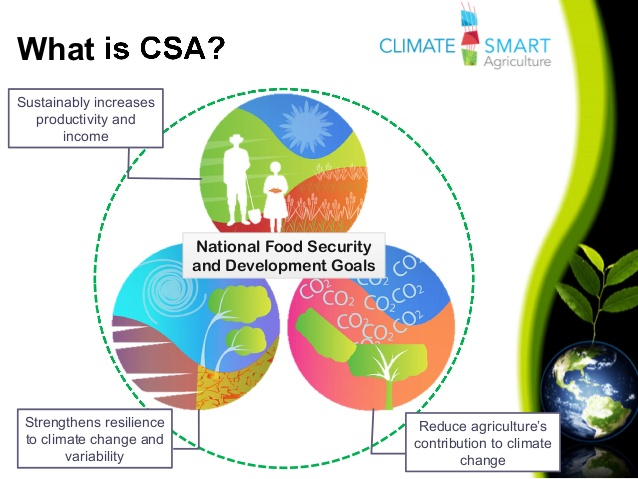
Unpredictable weather patterns, shorter growing seasons, droughts, extreme temperatures, and increased exposure to pests and crop diseases pose daunting problems to smallholder farmers around the world—especially in the Black Sea Basin, where people tend to be more reliant on natural resources. Climate-smart agriculture techniques can help farmers adapt to and prepare for impacts in order to preserve—and even improve—their livelihoods.
With a population expected to balloon to 9.8 billion by 2050, climate-smart agriculture is crucial to global food security, as well: Smallholder farmers currently provide more than 80 percent of the food consumed in large parts of the developing world.
Climate-smart agriculture isn’t distinct from sustainable agriculture; rather it’s a way of combining various sustainable methods to tackle the specific climate challenges of a specific farming community. The first step is to assess the particular climate risks, since a farm facing prolonged water shortages will need different strategies than one confronting frequent flooding, for example. We use a variety of tools to assess the climate risk and vulnerability of a landscape, taking the local ecosystems and the specific crop into account. Finding the right combination to manage a specific farm’s climate challenges — and to build resilience to future impacts — is what makes climate-smart agriculture “smart.”
That's why we at DABS initiated the AGREEN project. More information for the AGREEN project could be found here.
 English (UK)
English (UK)  Български
Български 
